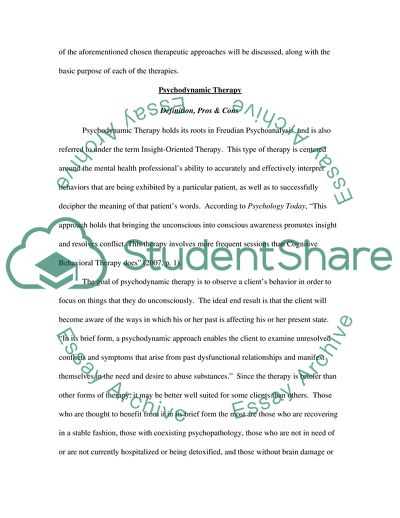Cite this document
(Mental Health Case Study Example | Topics and Well Written Essays - 3000 words, n.d.)
Mental Health Case Study Example | Topics and Well Written Essays - 3000 words. https://studentshare.org/health-sciences-medicine/1710899-comparing-and-contrasting-two-research-based-therapeutic-approaches-for-working-with-patients-with-a-substance-abuse-addiction
Mental Health Case Study Example | Topics and Well Written Essays - 3000 words. https://studentshare.org/health-sciences-medicine/1710899-comparing-and-contrasting-two-research-based-therapeutic-approaches-for-working-with-patients-with-a-substance-abuse-addiction
(Mental Health Case Study Example | Topics and Well Written Essays - 3000 Words)
Mental Health Case Study Example | Topics and Well Written Essays - 3000 Words. https://studentshare.org/health-sciences-medicine/1710899-comparing-and-contrasting-two-research-based-therapeutic-approaches-for-working-with-patients-with-a-substance-abuse-addiction.
Mental Health Case Study Example | Topics and Well Written Essays - 3000 Words. https://studentshare.org/health-sciences-medicine/1710899-comparing-and-contrasting-two-research-based-therapeutic-approaches-for-working-with-patients-with-a-substance-abuse-addiction.
“Mental Health Case Study Example | Topics and Well Written Essays - 3000 Words”. https://studentshare.org/health-sciences-medicine/1710899-comparing-and-contrasting-two-research-based-therapeutic-approaches-for-working-with-patients-with-a-substance-abuse-addiction.


